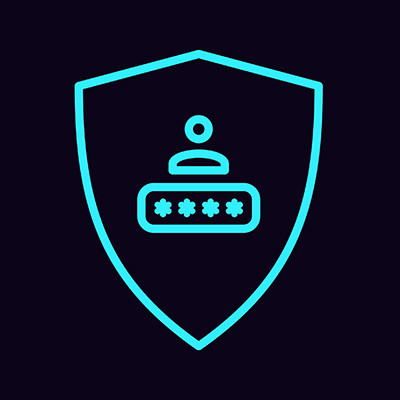Countless challenges arise for businesses, ranging from supply chain disruptions and employee turnover to the unpredictable forces of natural disasters. Among these challenges, cyberattacks stand out as an inconspicuous yet highly menacing threat. In this article, we delve into the various ways cyberattacks endanger your business and provide insights on how to prepare for them effectively.
Argentum IT LLC Blog
Social media scams encompass fraudulent activities and deceptive schemes that occur across various social media platforms. These scams target users on platforms like Facebook, X (formerly Twitter), LinkedIn, and numerous others, irrespective of their age or background. They exploit individuals' trust, curiosity, or lack of awareness. Social media scams manifest in various forms, and the following are some common examples.
Passwords play a pivotal role in safeguarding an organization's cybersecurity, serving as a vital tool for employees that surpasses the risks of relying on their own memory. In this month's discussion, we delve into the advantages and disadvantages of employing password managers to fortify the protection of company-owned digital assets.
One major nonprofit has become the victim of a disclosed major data breach, affecting 890 schools all across the US: the National Student Clearinghouse, or NSC. The organization has announced that they have experienced a considerable data breach that has put their clients’ data at risk. What does this mean for affected organizations and their clientele?
These days, data privacy is absolutely critical in both a business and individual context. In some locations, governments have introduced legislation to protect consumers, and in others, there is significant pushback in favor of fewer regulations on business. How does data privacy factor into your business’ operations?
You might see encryption as a major benefit to your cybersecurity strategy, but it’s often used in a way that might have you guessing whether you really understand it. Let’s take a closer look into what encryption does to your data, as well as why it is essential for any business to ensure maximum privacy and security.
How often does your company take it upon itself to ensure that those working for its success—your employees—are kept up to speed on cybersecurity? If your approach is to have your team sit in a room and watch a presentation once a year, it’s time to reconsider your training strategy. Let’s talk about the impact that proper cybersecurity training can have, and who tends to have access to it.
The United States Federal Trade Commission’s mandate is to prevent fraud and promote consumer protection in today's interconnected world, where the digital landscape continues to evolve at a rapid pace. The FTC recognizes the importance of safeguarding consumer information and has implemented their Safeguards Rule as a means to ensure that businesses protect sensitive data from unauthorized access and misuse. Let’s take a look at the Safeguards Rule and what you need to know about it in regard to your business.
We discuss phishing often on this blog, and one method that often flies under the radar is smishing, or phishing that is conducted through SMS messages. Although email phishing is perhaps the most common method of conducting these scams, you should also be prepared to take on smishing, as it comes with its own share of unique challenges and dangers.
Nowadays, you can’t afford not to have some portion of your business’ budget set aside for cybersecurity. The question is, how much do you need, and what should you be spending it on first? Let’s take a few moments to dig a little deeper into this question and examine a few cybersecurity protections you should establish as your business’ baseline defenses.
Your business has to promote security whenever it can. In terms of keeping your wireless connections secure, the thought behind it is that if unauthorized people and machines can access your network without protections, they can do what they please with the data on the network. This is a big problem. Let’s go through a few things you need to consider to keep your wireless network secure.
There is a lot of misinformation and misperceptions out there related to network security, especially where small businesses are concerned. In particular, browser security is one aspect where many individuals’ knowledge simply falls flat, and they buy into myths that put their data at risk. Let’s clear up some of these misconceptions so you can go about your day in a more secure way.
Businesses cannot afford to grow complacent with their network security, as it could make a significant difference between falling prey to an attack and remaining secure. The process of securing a network must be looked at holistically, from top to bottom. This idea of enterprise security is not new, but even a small business needs to keep it in mind, and these solutions are more accessible than you might think.




















